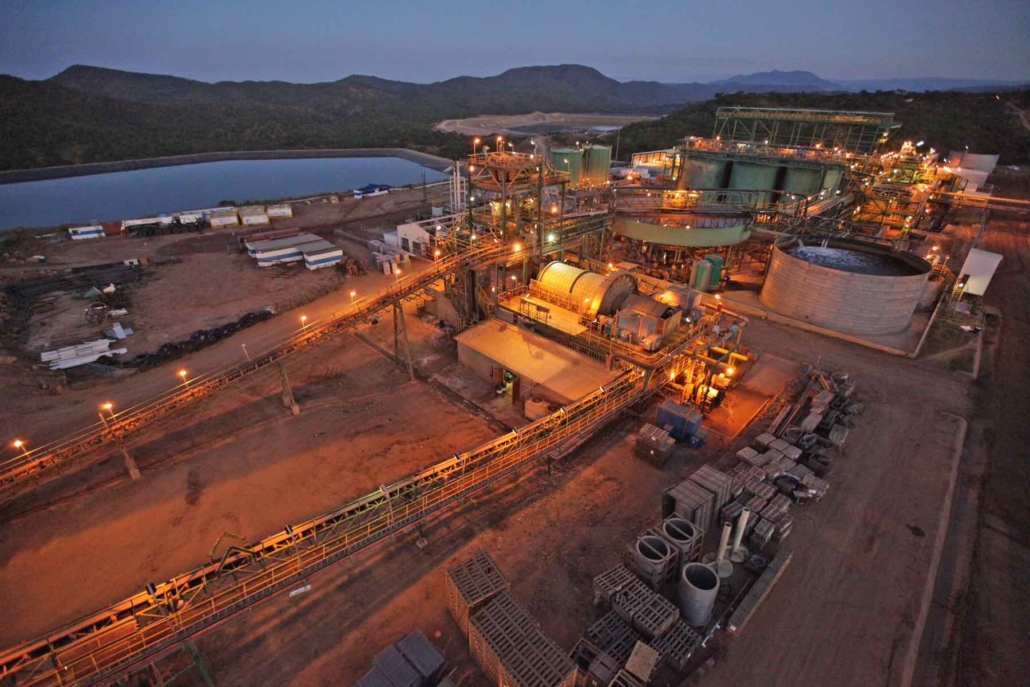
KAYELEKERA DFS
KAYELEKERA DFS
The Kayelekera Uranium Project (Kayelekera or the Project) is located in the Karonga District of northern Malawi, 650km north of the national capital of Lilongwe. The Project, currently on care and maintenance, is a past producing asset having delivered approximately 11 million pounds (Mlbs) uranium between 2009 and 2014, before its closure due to a sustained low uranium price.
Following the Company’s acquisition of the Project in 2020, a Re-Start Scoping Study was completed in October 2020 which identified the key drivers for the project economics all of which have been incorporated into this Definitive Feasibility Study (Restart DFS).
The key highlights from the Restart DFS are:
1 – Quick re-start to production following a Final investment Decision
- 15 months development prior to first production
2 – Proven processing facility reduces start-up risks
- Debottlenecked flowsheet consisting of traditional milling, acid leach and resin-in-pulp circuits with high metallurgical recoveries of 86.7%
3 – Simple mining technique lowers operating costs
- Shallow open pit mining with low strip ratio of 1.8
4 – High degree of confidence
- 96% of uranium produced from the mine plan is from Ore Reserves with the remaining 4% coming from Inferred Resources contained in existing stockpiles1
5 – Low initial capital cost
- US$88M ranks the Project as one of the lowest capital cost uranium projects globally with an initial capital intensity of US$37/lb
- Includes US$35.8 million for new plant and infrastructure to improve the project economics and plant reliability including a new acid plant and steam turbine (US$15.3M), a connection to the national grid (US$13.0M) and upgrade to the front-end processing circuit to incorporate ore sorting (US$6.0M)
6 – Improved margins due to low operating cost
- Cash costs are US$29.1/lb and AISC of US$36.2/lb during the first 7 years of production (after ramp-up).
7 – Robust Mine life with exploration upside
- 10-year Life of Mine (LOM), with production of 19.3Mlbs U3O8 at an average annual production rate of 2.0Mlbs (2.4Mlbs for the first 7 years before production is sourced from stockpiles)
- Exploration success at Livingstonia and potential further opportunities at Chilumba and around the current Kayelekera resource, demonstrate potential to extend the LOM past the 10 years
8 – Significantly improved ESG results
- Power related CO2 emissions reduced by over 72% or ~21,000tpa compared to the historical operation
- Over 600 jobs will be created for the local community
- Community Development Agreement in progress to support development of our qualified communities
Full details of the Study can be accessed by clicking the link (ASX announcement 11 August) .
https://app.sharelinktechnologies.com/announcement/asx/dbdee2e5f0bdf65e94c5869c8af47a32
1The Company is satisfied that the proportion of inferred mineral resources is not the determining factors in project viability and that the inferred mineral resources do not feature as a significant proportion early in the mine plan